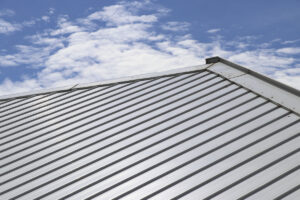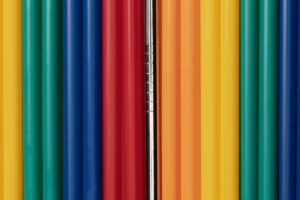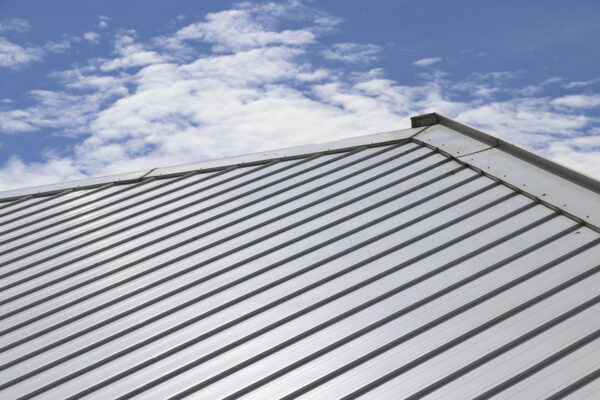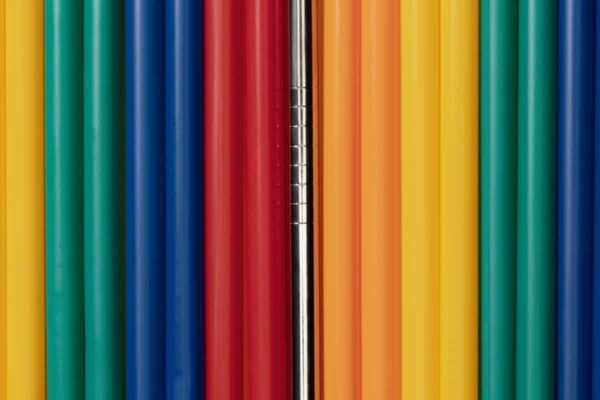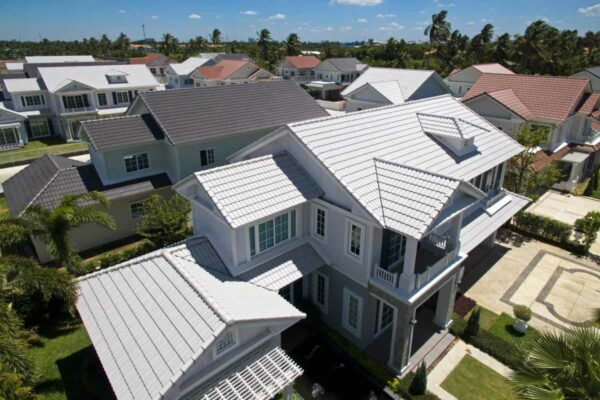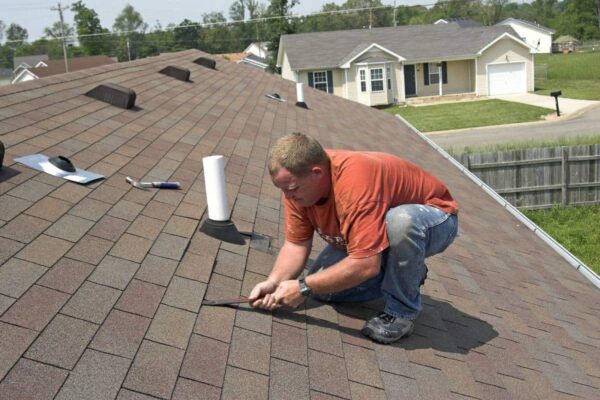One of the most critical factors in any building’s overall efficiency is its roof, which allows excess water to flow away from your building and keep your facility dry. The roof drain is one of the essential components of a commercial building’s roofing system. If left poorly maintained, it can result in multiple potential problems, including contamination or leakage below, water supply lines damage, and debris blockage. A building needs to be appropriately drained to prevent water pooling, which can cause damage and adversely affect the functionality and integrity of the roof.
Here are five crucial things concerning commercial roofing drainage:
1. Different Types Of Commercial Building Roof Drainage Systems
Drainage systems are divided into two categories: Siphonic Drainage and Gravity Drainage.
- Gravity drainage: Gravity roof drains drain water from the roof, but it may not be ideal for all commercial establishments.
- Siphonic Drainage: Siphonic roof drains are more commonly used in most commercial buildings, as they are easy to install and maintain.
2. Functioning Of Roof Drains
Commercial roof drainage systems are essential for a roof’s overall functionality and durability. They help prevent water damage, which can be very costly in commercial buildings. Roof drains are necessary for commercial building maintenance. They prevent water buildup by allowing excess water to flow off your building, often into the city or municipal sewer systems.
3. Materials Used In Commercial Building Roof Drains
Many commercial building owners install drains, and the materials used vary depending on the building’s construction, climate conditions, and type of construction. Here we will cover the various materials used in roof drain construction.
Cast Iron: A widely used drainage material due to its durability and quietness. Modern coatings prevent buildup of residue, keeping the pipe clear and unobstructed. Though it comes at a higher cost, cast iron is an excellent investment for any property owner.
PVC (polyvinyl chloride): A cost-effective alternative to cast iron that is abrasion-resistant, non-toxic, and easy to cut into shapes. Although it is not as strong as cast iron, PVC provides an excellent cost savings.
Propylene: A great product that’s perfect for a variety of applications. It’s called polypropylene and it has many of the same advantages as PVC, but it’s much less flammable. That makes it a great choice for safety-conscious customers. It’s also lighter than some other options, so it might not be ideal for roof drains or strainers. But if you pair it with a cast iron drain cover or strainer, you’ll get the best of both worlds – protection and cost savings.
4. New Standards for Commercial Roof Drains and Roof Insulation
With new standards for commercial roof drains and commercial roofing, it is vital to evaluate and make decisions about your building’s roof drainage system. The new standards will require effective drainage systems, which will prevent water from pooling on the roof and allow for efficient use of the building materials and a better quality of life for everyone who uses the building.
5. Roof Drainage Maintenance
Routine roof drainage maintenance is essential to keeping your building’s roof in good condition. Roofing contractors will often provide more information about the proper drainage of commercial buildings and the need for effective roof drains for your commercial building. A properly maintained commercial roof drain system will help keep your building dry and clean, even in extreme weather conditions.
Conclusion
Commercial building roof drains are an essential part of commercial structures. They ensure that excess water flows away from commercial buildings and prevents potential problems that can occur from water that pools atop a building’s roof. A properly maintained roof drain system will also keep your facility dry and clean in all types of weather and avoid the potential problems that pooling water can cause.


